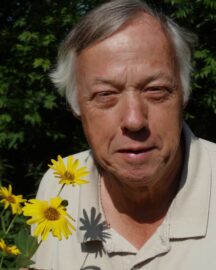

Establishment of pollinator habitat from seed involves careful assessment of the area to be seeded, selection of species adapted to the geographic area and soil on the site to be seeded, preparation of the area being seeded, precise seeding, and control of unwanted vegetation that colonize the habitat after it is seeded. Species selection of native species must be specific to the very local area where the site is located.
Weed control before seeding is critical and may take several years to achieve depending on the nature and severity of the weed competition. Seedings may be established by drilling the seeds or broadcasting them and packing after seeding. Management of established stands may be accomplished with or without herbicides. Vegetation management with herbicides must be performed with very specific herbicides and application techniques to avoid harming the seeded species. Prescribed burning is a very useful tool to control unwanted vegetation, but often must be combined with herbicide application to control well-established woody vegetation.
Robert Glennon has been a private lands biologist in southeast Virginia for 13 years. He assists landowners, land managers, and cooperating agency personnel establish and manage habitat for wildlife and pollinators. He is retired from federal service with the United States Department of Agriculture (USDA), Natural Resources Conservation Service and the U.S. Fish and Wildlife Service. More than half of his federal service was dedicated to collecting and evaluating ecotypes of native plants, selecting the best-performing ecotypes, determining the best strategies for growing them for seed or plant production, establishing them in the field, and managing them.


Texas A&M AgriLife Extension provides equal opportunities in its programs and employment to all persons, regardless of race, color, sex, religion, national origin, disability, age, genetic information, veteran status, sexual orientation, or gender identity. The Texas A&M University system, U.S. Department of Agriculture, and the County Commissioners Courts Cooperating.